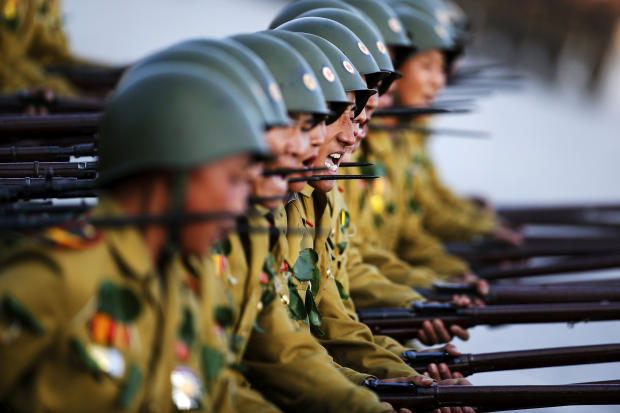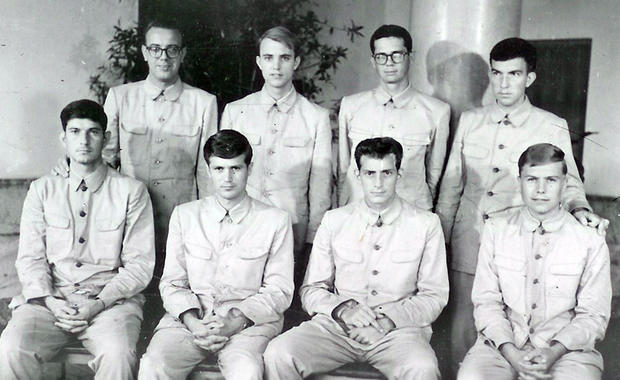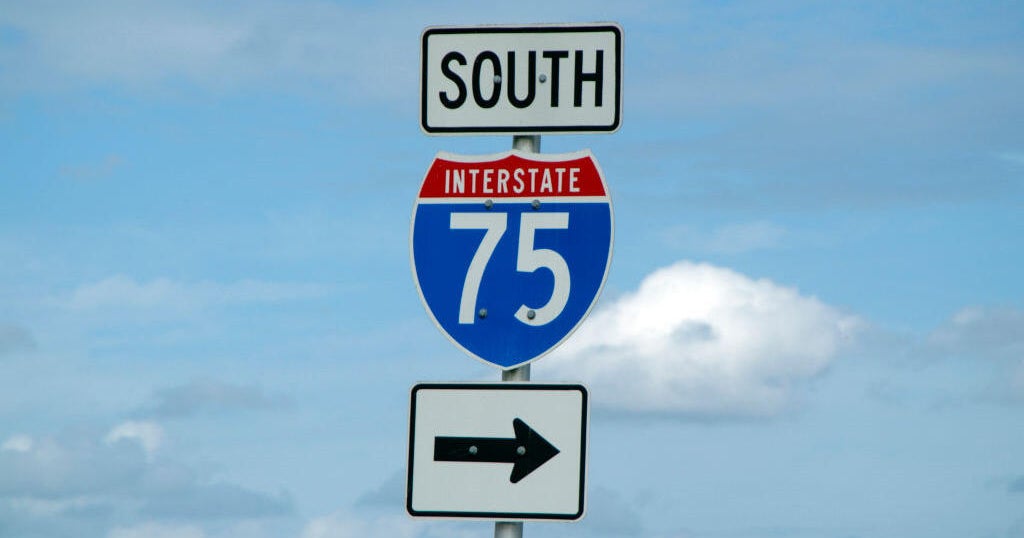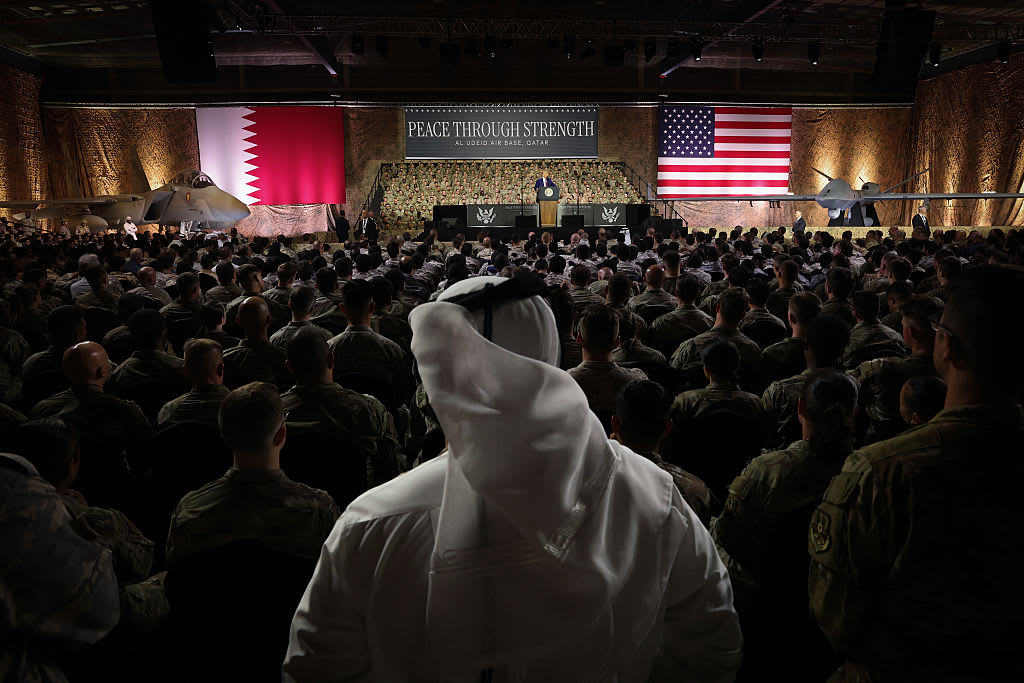3 times North Korea nearly provoked the U.S. into war
North Korea is no stranger to provoking its southern neighbor and, by extension, the United States, which has quite a few troops stationed in the South. And for the most part, the U.S. has been exceptionally cautious in responding, in large part because another war on the Korean peninsula has always been considered something of a lose-lose proposition.
American firepower would ultimately win the day, but North Korea, despite having one of the world’s larger armies, has always seemed much more like an annoyance than a real threat. Plus, the last Korean War cost the lives of nearly 37,000 American soldiers, a scenario no one wants to repeat.
Now that North Korea seems well on its way to eventually building a nuclear-capable ICBM that could reach U.S. territory, however, experts agree that another Korean War is far from impossible.
On that front, the regime unveiled what appeared to be a never-before-seen ICBM during a massive military parade on Saturday, marking the anniversary of the birth of founder Kim Il Sung. The anniversary is the most important national holiday in North Korea, and American officials had worried that the country may have used the occasion to carry out another rocket launch or nuclear test.
Here are a number of times North Korea has provoked the U.S. -- and what we did in response.
The USS Pueblo incident
In 1968, the North Korean navy captured an American spy ship, the USS Pueblo, off the northern coast of the peninsula. Pyongyang insisted that the ship had strayed into its territory, while the U.S. government said the ship was in international waters.
It was an act of war, but the U.S. was embroiled in an increasingly unpopular conflict in Vietnam, meaning the Johnson administration had little appetite to respond. The 82 American sailors were taken prisoner by the regime of Kim Il Sung, North Korea’s first leader and Kim Jong Un’s grandfather, and subjected to torture.
The North Koreans released propaganda photos and videos that showed a number of the captured sailors raising the middle finger to the camera as a sign of protest. They told their captors, who were unfamiliar with the gesture, that it was a “Hawaiian good luck sign.”
The 82 remaining crew members (one had been killed during the initial engagement) were eventually freed after 11 months of negotiations. The U.S. government issued a written apologies for spying, although it was preceded by a verbal disavowal, saying that they were only apologizing to get the sailors back.
The USS Pueblo, which is still a commissioned U.S. Navy vessel, is now parked in Pyongyang, where it has become something of a tourist attraction.
The axe incident
The demilitarized zone (DMZ) between the two Koreas is, rather ironically, the most militarized border in the world. North and South Korea never signed a formal peace treaty and remain in a technical state of war.
On August 18th, 1976, a group of American and South Korean officers decided a poplar tree that partially blocked the view from a UN observatory post should be trimmed. A work force went to go and do it, but were turned away by North Korean soldiers, who said the tree had been planted by Kim Il-sung himself.
Ten days later, a UN force was dispatched to trim the tree. It included two American officers and eight enlisted soldiers, along with some South Korean soldiers and workers. They were in turn met by a larger group of North Korean soldiers, who ordered them not to touch the tree.
The tree-trimming force ignored them and went about the trimming. Then, according Wayne Kirkbride, an American soldier stationed along the border at the time, the ranking North Korean officer “took off his watch and wrapped it in a handkerchief, which was the signal to attack.”
“He said ‘kill the Americans,” Kirkbride told an American military newspaper in 2006. “That force immediately attacked and the two American officers were the target. [The North Koreans] chopped them to death with the axes they brought to trim the tree.”
The Americans and South Koreans retreated. Given the always-precarious situation on the peninsula, it was decided that the only response would be to cut the tree down with a much larger force that included South Korean special forces personnel. The action was called “Operation Paul Bunyan,” and included and overwhelming show of force that caused the North Koreans to stand down. The tree was successfully trimmed.
The spy plane shoot-down
Arguably the closest we came to a second war between the U.S. and North Korea was just months after the Pueblo crew had returned home.
On April 15th, 1969- Kim Il Sung’s 57th birthday -- an EC-121 spy plane flying over international waters was shot out of the sky by a pair of North Korean MIG fighter jets. It was unarmed and on a routine mission to collect signals intelligence from Soviet and North Korean targets.
The flight crew of 31 Americans were all killed. And President Richard Nixon became so enraged that he may have considered responding with nuclear weapons. “Nixon became incensed and ordered a tactical nuclear strike ... The Joint Chiefs were alerted and asked to recommend targets, but Kissinger got on the phone to them,” CIA officer George Carver reportedly said in 1969, according to The Guardian. “They agreed not to do anything until Nixon sobered up in the morning.”
The attack was perhaps more of a surprise than it should have been. “The North Koreans had long been sensitive to ships and aircraft operating off their coasts,” former U.S. Naval Intelligence officer Richard Mobley in his analysis for the CIA’s Center for the Study of Intelligence in 2003.
The lumbering spy plane was unarmed and without fighter escort, making it any easy kill for the North Korean jets, which quickly sped back to base. The order to down the plane almost certainly came from the top echelons of the North Korean government. “Pyongyang had a history of tight control, which would discourage local military initiatives, and the preparations and coordination…suggests central direction,” Mobley wrote.
According to Bruce Charles, a U.S. fighter pilot on duty in South Korea at the time, the order came to prepare for war. “When I got to see the colonel, it was very simple. He described the shooting down of the EC-121 about a hundred miles at sea. And that he had a message, which he showed me at that time, saying to prepare to strike my target,” Charles told NPR in 2010.
As part of a contingency plan in case of nuclear war with the Soviet Union, Charles’ target had already been determined: an air base in North Korea. And the weapon his F-4 fighter jet was carrying was nuclear -- one 20 times larger than the bomb dropped on Hiroshima.
Hours later, he was given the order to stand down. “The order to stand down was just about dusk, and it was not a certainty. The colonel said, ‘It looks like from the messages I’m getting, we will not do this today. I do not know about tomorrow,’” Charles recalled.
Morton Halperin, who worked at the National Security Council at the time, told NPR that he knew nothing about preparations for a nuclear strike. But he says Nixon did order an aircraft carrier to the area, and had initially decided that the airbase from which the MIGs were launched should be destroyed.
That order never came. Nixon gave a press conference two days after the attack, which indicated that he had decided against responding militarily. The spy flights resumed, however -- this time with escorts.







